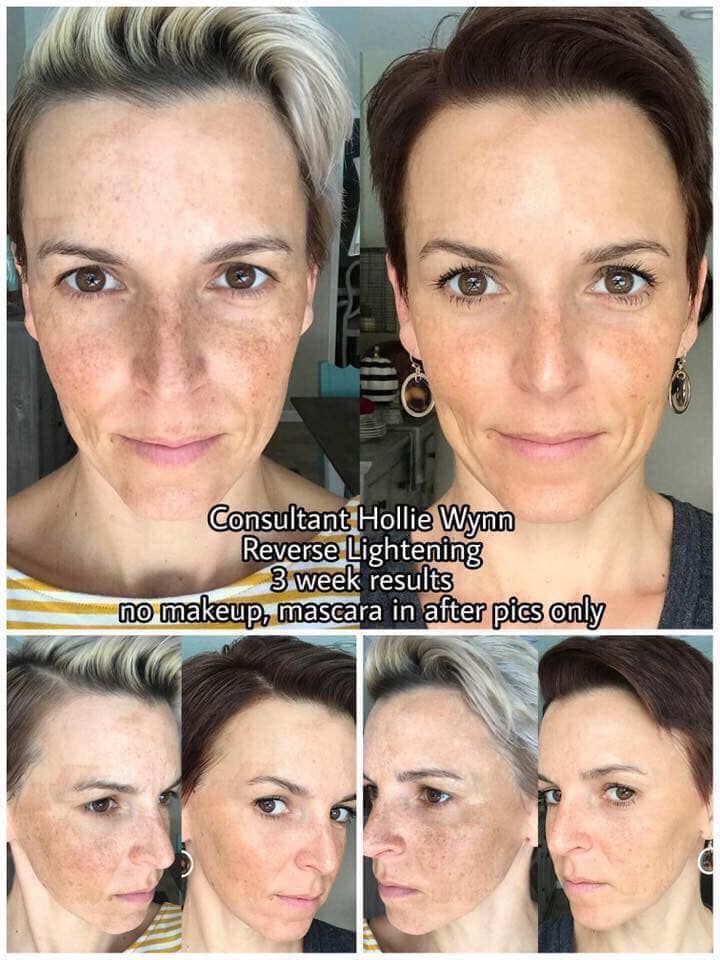Skin Texture Changes With Age

Also called liver spots these small dark patches often show up in places that get lots of sun like your face hands shoulders and arms.
Skin texture changes with age. As infants our skin becomes more defined and as children we start to develop skin lesions called moles. Your skin texture may also start to. Changes to your skin texture can make you look older than you feel and there are a number of them that can gang up on you depending on your genetics and lifestyle choices. Pressure ulcers can be caused by skin changes loss of the fat layer reduced activity poor nutrition and illnesses.
More babies are born to women aged between 30 and 34 than in any other age group. How your skin changes. See pictures of what these skin changes look like so you know how to treat these conditions. Sores are most easily seen on the outside surface of the forearms but they can occur anywhere on the body.
The number of pigment containing cells called melanocytes decreases though. You may be familiar with melanin the pigment that gives human skin hair and eyes their color. In other words those areas most exposed to the sun. With aging the epidermis begins to thin but the number of cell layers remains unchanged.
7 ways to improve skin texture. Exfoliate on a regular basis exfoliation is any process that removes dead skin cells from the outermost layer of skin. Aging skin repairs itself more slowly than younger skin. As an adolescent and after puberty our sebaceous glands enlarge and become active leading to the most common skin condition at this age acne.
But they may be treatable. Melanin is produced by cells called melanocytes. Probably the most dreaded sign of aging skin is the appearance of age spots also called liver spots which are flat areas of dark pigmentation that often appear on the face chest hands arms and shoulders. Pregnancy is a good skin care conditioner.
A few examples of skin texture changes include wrinkles and expression lines acne scarring hyperpigmentation age spots sun damage dull skin skin that looks dry and an uneven complexion. Wound healing may be up to 4 times slower. Aging without a doubt is one of the biggest factors influencing skin texture changes. Some skin changes such as fine wrinkles from sun damage may be reversed by treatment with retinoic acid.
As you age you may notice spots and bumps on your skin that were never there before. Skin s complexion and texture can change over time too. The skin changes from within.
















